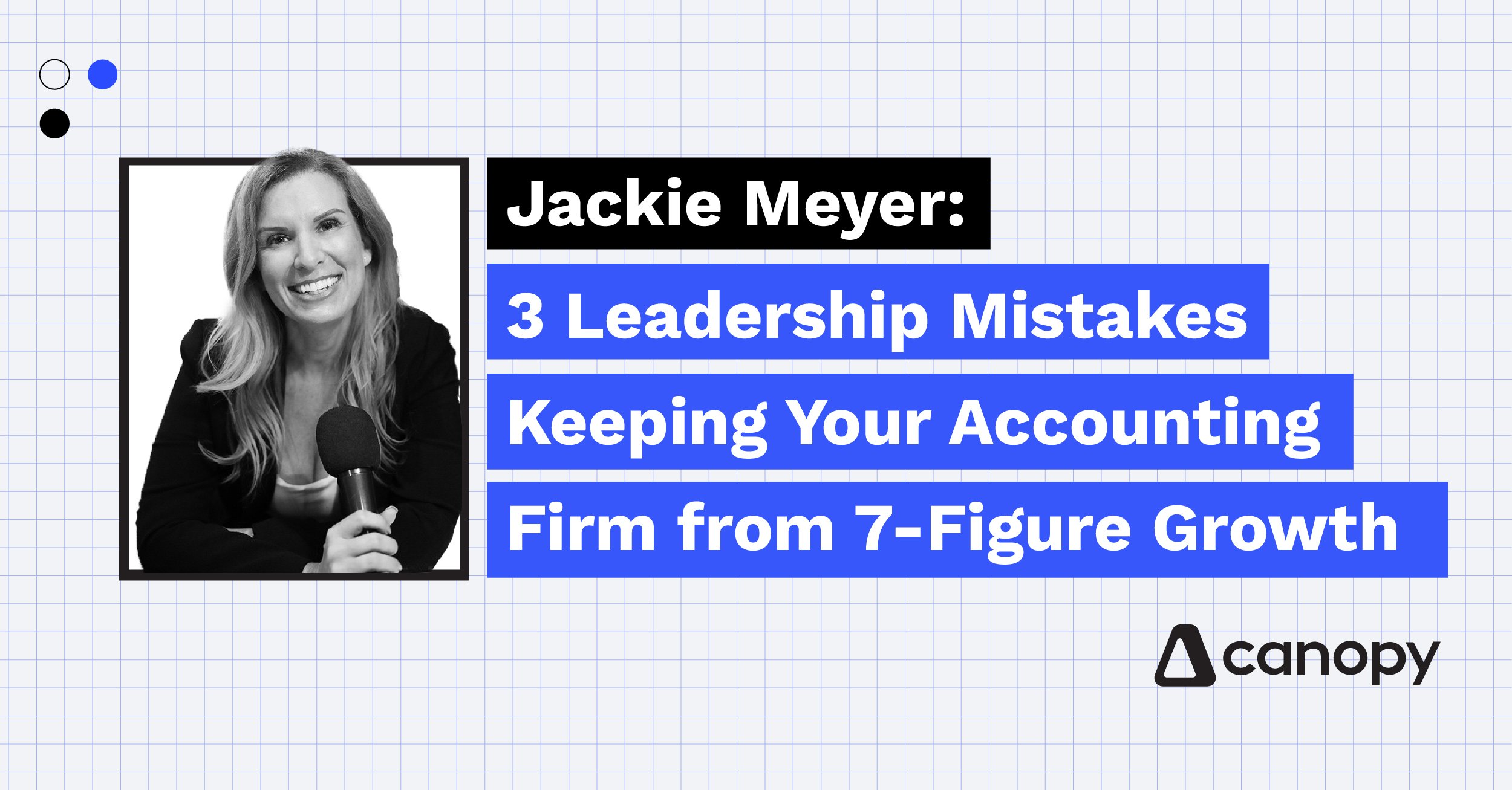8 minutes read
Published Aug 20, 2025
Understanding and measuring the return on your Legal AI investment is crucial for justifying technology adoption and staying competitive.
Tangible ROI includes hours saved, increased revenue from productivity, and cost reductions from efficiency.
Intangible ROI encompasses benefits like enhanced accuracy, improved client experience, and risk reduction.
A repeatable five-step framework helps measure AI’s impact, from identifying workflows to translating gains into financial value.
Key metrics to track span time savings, client satisfaction, and cost reduction.
ROI often appears quickly, within one to three months for many applications, highlighting the immediate benefits of legal AI.
You’ve heard the claims—AI will revolutionize legal work. But the firms seeing the biggest returns aren’t just experimenting with legal AI. They’re tracking performance, cutting down admin work, and choosing tools that prove their value every billing cycle.
The level of AI usage among lawyers is rapidly increasing, and according to our 2024 Legal Trends Report, 79% of legal professionals use AI in some capacity, with 25% reporting widespread adoption across their practices.
But in such a crowded landscape, how do you separate the hype from what truly delivers results?
One approach is to focus on the ROI (return on investment).
In this article, you’ll learn:
Common legal use cases that drive ROI in legal AI
A simple, repeatable five-step framework to measure AI’s impact
KPIs (key performance indicators) that matter most
How to communicate ROI to stakeholders
As a result, you’ll be able to cut through the noise and evaluate legal AI with greater clarity and deeper confidence.
Want to see real ROI from legal AI—fast? Discover how Clio Duo helps law firms cut hours, reduce costs, and get more done with AI. Book your Clio Duo demo today.
What does ROI mean in legal AI implementation?
ROI in legal AI is the measurable value a law firm or legal department gains from legal AI, relative to the time, money, and effort invested in it. Simply put, it’s about using technology to get better legal outcomes at a lower cost.
Understanding ROI is especially critical today. Legal professionals face ever-growing pressure to justify their investments in clear, defensible terms. With tight budgets, cautious leadership, and rising client expectations, it’s not enough to call AI “innovative” or “trailblazing”—you need to prove it’s providing benefit.
How to measure your legal AI success?
When you’re evaluating legal AI, it’s important to consider both tangible and intangible returns.
Tangible ROI refers to clear, measurable outcomes:
Hours saved by automating repetitive tasks
Revenue from higher productivity or more billable work
Cost reductions due to greater efficiency and fewer errors
Intangible ROI includes benefits that are harder to quantify, but just as valuable:
Greater accuracy in legal research, drafting, and analysis
Enhanced client experience through faster turnaround times and higher-quality work
Ignoring these returns comes at a cost. Firms that delay or avoid AI adoption risk falling behind competitors who are already using these tools to work faster, smarter, and more effectively. In today’s legal market, resisting AI isn’t a neutral choice—it’s a missed opportunity with real consequences.
What are the best ways to measure legal AI success?
Track both tangible metrics, such as time saved, cost reductions, and case volume, and intangible ones, such as client satisfaction, risk reduction, and lawyer retention, within a structured, repeatable ROI framework.
What’s the risk of not using AI in a legal practice?
Those who avoid AI risk falling behind competitors who are already using AI to work faster, serve clients better, and operate more efficiently.
Common use cases that drive ROI in legal AI
Legal AI may still be in its early stages, but it’s already proving its value—driving measurable returns in various areas:
Drafting and summarization: Expediting the creation of memos, briefs, and client communications.
E-discovery and legal research: Automating document review and finding relevant case law more efficiently.
Client intake automation: Streamlining the onboarding process with AI-powered forms and workflows.
Contract review and analysis: Identifying key terms, clauses, and risks with greater speed and consistency.
Compliance and risk assessment: Flagging potential legal or regulatory issues before they become problems.
When implemented thoughtfully, these tools don’t just save time—they improve accuracy, reduce costs, and free up lawyers to focus on more strategic, high-value work.
Do more with Duo
Meet Clio Duo, your AI partner that amplifies your workflow, helping you spend more time on the work that only you can do.
Get Started Now

5 step framework to measure legal AI ROI
So how do you measure the ROI of legal AI? To prove its value, you need a clear, replicable model that connects AI performance to business outcomes in concrete terms.
The five-step model below offers an evidence-based approach you can use to evaluate and demonstrate the return on AI investments.
1. Identify the workflow being enhanced
Determine where AI will be applied. Is it contract review, legal research, e-discovery, client intake, automating workflows, enhancing marketing efforts, or something else?
2. Set pre-AI baseline metrics
Record your current performance data for the workflow you plan to enhance with AI. Focus on metrics like time spent per task and cost per case.
3. Forecast improvements
Use vendor data, case studies, or internal pilot tests to estimate the potential gains from the AI tool.
4. Track real performance post-implementation
Once the AI tool is in use, monitor the same metrics you set earlier. Look for changes in speed, accuracy, and workload.
5. Translate into financial ROI
Convert your performance gains into business value by calculating:
Time saved × billable rate
Cost avoidance
Hours spent on low-margin work
Through this five-step framework, legal teams can move beyond buzzwords and ground their AI investments in clear, quantifiable results.
How do law firms calculate ROI on AI tools?
To calculate ROI, law firms use key metrics to compare the time, money, and resources saved with the cost of the AI tool.
Key metrics to measure post-implementation ROI

Once your legal AI is up and running and you’re ready to measure its ROI, make sure you’re tracking the metrics that matter most. Focus on three key areas of time savings, client satisfaction, and cost reduction:
1. Time savings and productivity
Is legal AI helping you work more efficiently? Track these metrics:
Hours saved per task
Increases in caseload volume
Percentage of activities now automated by AI
2. Client satisfaction and outcomes
How does legal AI affect client satisfaction and case outcomes? Monitor:
NPS (Net Promoter Score)
Client review scores or feedback
Case resolution speed
Rate of repeat business or client retention
3. Cost reduction and financial impact
Is your legal AI tool cutting costs or improving your bottom line? To find out, look at:
Overhead expenses and outside counsel spend
Time saved on manual work
Reductions in billing errors
Improved revenue capture
For each of these metrics, consider using timesheets, intake analytics, billing dashboards, and client surveys.
What kind of ROI can I expect from legal AI—measurable or anecdotal?
You can expect both, but ROI is increasingly measurable in terms of metrics like time saved, costs reduced, and improved productivity.
How to communicate ROI to stakeholders

You might have all the data required to prove your case for adopting legal AI—but if you can’t get the stakeholders on board, you won’t get very far. The following tips can help you communicate your message clearly and effectively.
1. Articulate benefits of AI to stakeholders
Demonstrate how legal AI creates value by automating time-consuming, repetitive tasks. Explain how this frees up lawyers and paralegals for higher-value work, improves turnaround times, reduces errors, and increases client satisfaction.
2. Compare AI costs with traditional methods
Use side-by-side comparisons to show how AI cuts billable hours spent on routine tasks or reduces the need for outside counsel.
3. Emphasize long-term gains over short-term spend
If stakeholders are wary of the upfront costs of the investment, emphasize long-term gains: AI builds capacity, and enables the team to stay competitive as the industry evolves.
Client expectations are evolving alongside today’s rapid pace of technological change. Without the right legaltech tools in place, your firm risks losing clients to those offering faster results, clearer communication, streamlined billing, and a more modern legal experience.
4. Use visuals and dashboards
Visual data of ROI can be extremely powerful. Persuade stakeholders with charts, graphs, and dashboards that highlight key metrics, such as time saved and costs avoided.
5. Frame intangible ROI
Some of AI’s biggest benefits might be harder to measure. Call out risk reduction, greater confidence in compliance, and consistent outcomes—these intangible factors are critical to long-term success.
By combining strong data with compelling storytelling and clear visuals, you can create a narrative about the ROI of legal AI that stakeholders will readily get behind.
How long does it take to see ROI from legal AI?
Don’t be surprised if the measurable benefits of AI come sooner than expected.
For most applications, ROI appears within one to three months. Tools for research, drafting, and document summarization show returns even faster. More complex platforms, however, like CLM (contract lifecycle management) systems or AI-powered analytics, take longer to implement—typically delivering returns within six months.
ROI timelines also vary between settings. Law firms often see benefits faster by, for example, recovering billable hours. By contrast, in-house legal departments are more likely to see steady gains through cost savings and risk reduction.
Delays in ROI usually stem from low adoption, lack of AI training, or unclear metrics for success. For quicker results, start small and track early wins before you scale. Make sure your team feels confident using the tool—and understands how to do so safely to stay compliant and secure.
What is the biggest challenge in implementing AI in the legal system?
Adoption of AI is the biggest challenge as many legal professionals are reluctant to change existing workflows. Integration with legacy systems and a lack of training can also slow down AI implementation.
Continuous improvement and ROI optimization
Achieving lasting ROI from legal AI isn’t a one-off event; it’s an ongoing process. While initial AI implementation is critical, the real value comes from ongoing optimization.
Data analytics play a role in this. By tracking how AI is used, legal teams can detect inefficiencies and underused features. They can then fine-tune workflows and training. Feedback loops are another key element of ongoing improvement. Regular check-ins, surveys, and performance reviews can reveal insights that quantitative data might miss.
Most importantly, refine your strategy based on the data. If certain features are performing exceptionally well, promote them. If others are falling short, consider reallocating your resources. Continuous adjustments ensure that your AI investment delivers maximum value.
Which legal AI tools offer the highest ROI?
Tools that automate high-volume, repetitive tasks—like Clio Duo for drafting and intake, or Vincent AI for legal research—tend to offer the highest returns.
Final thoughts on ROI in legal AI implementation
Legal AI is no longer just hype. It’s now delivering real, measurable value for law firms and legal departments. From time savings and improved productivity to cost reduction and better client outcomes, the ROI opportunities continue to grow.
Unfortunately, so does the cost of inaction. Sticking with manual, outdated processes means falling further behind your tech-savvy competitors.
The good news is you don’t need to change everything at once. Like any major shift, you can start with a single step—one tool, one workflow, one metric. Measure the results, learn from them, and build out from there. With the right approach, you’ll see meaningful returns sooner than you think.
Loading …



























